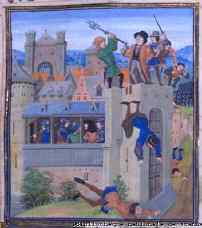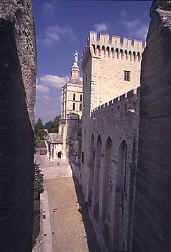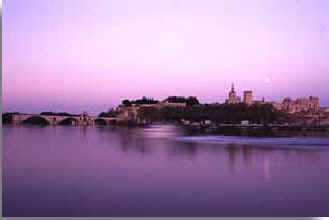Due to the lack of hygiene, the disease raced
through the port town. Rumors of a plague in the Orient had circulated in Europe since
1346. In an age given to hyperbole, everyone believed the news of 23 million people dying
to be exaggerated. Not until 1347 did Europe finally come to understand the terrible
accuracy of that figure.
By January, 1348, the plague had infected other port towns, especially Marseille and
Tunis. In Europe it traveled up the Rhone river to call on the papal court at Avignon. It
quickly spread to Bordeaux, Lyon, and Paris, then to Burgundy, Normandy, and England. From
Sicily it traveled to Italy, Switzerland, and Hungary. Bohemia and Russia were largely
unaffected until 1351. The general course of the disease in a geographic area ran about
six months. It would then fade during winter, unless the area affected was densely
populated, to resume with renewed vigor the following spring.
Accurate mortality rates are difficult to find. The best estimates, based on a
conservative reading of the records, place the mortality rate at about one-third of
Europe's population. This would translate into about twenty million people dying between
1348 and 1350.
Approximately 50% of the citizens of Paris, 60% of Bremen and Hamburg, and 75% of
Florence, died in one year, their entire economic systems collapsing. In Venice, which kept excellent records, 60% died over the course of
18 months: 500-600 a day at the height.
Certain professions suffered higher mortality, especially those whose duties brought
them into contact with the sick--doctors and clergy. In Montpellier, only seven of 140
Dominican friars survived. In Perpignan, only one of nine physicians survived, and two of
18 barber-surgeons. The death rate at Avignon was 50% and was even higher among the
clergy. One-third of the cardinals died. Clement VI had to consecrate the Rhone river so
corpses could be sunk in it, for there was neither time nor room to bury them.
The dead outnumbered the living by such a margin that in some cities the bodies were
allowed to pile up outside in the streets, adding to the contagion. The more communal the
living quarters were, the more thoroughly the plague could do its task. This meant that
many convents and monasteries became extermination camps for their inhabitants. In some,
every person died. The "black death," as the plague was known, influenced
virtually every aspect of life in the latter part of the century.
The plague touched everyone, rich and poor alike. The noted Florentine historian,
Villani, wrote this: "And many lands and cities were made desolate. And the plague
lasted until......." Villani left a blank at the end of the sentence, planning to
fill in a date after the plague had abated. He never did. Villani died in 1348 from the
plague.
The whole community of scholars suffered as universities and schools, usually located
in regions hardest hit, were closed or even abandoned. Sixteen of the forty professors at
Cambridge died. Likewise in the institutions of the Church. The priests died and no one
could hear confession. Bishops died, and so did their successors and even their
successors.
The plague took its toll among the nobility: King Alfonso XI of Castile was the only
reigning monarch to die of the plague but many others, including the queens of Aragon and
France, and the son of the Byzantine emperor died. The effect at local levels was more
severe. City councils were ravaged and whole families of local nobles were wiped out.
Courts closed down and wills could not be probated.
Marchione di Coppo Stefani wrote his Florentine Chronicle in the late 1370s
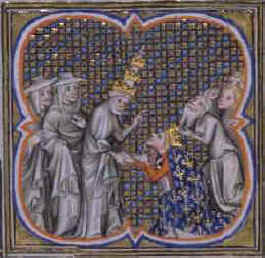
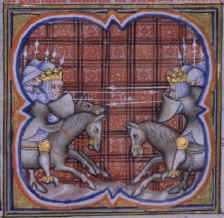
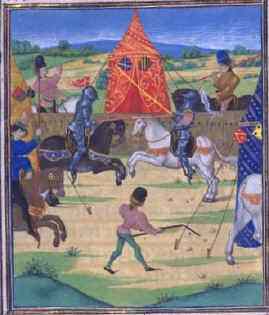
 Third Son
Third Son
 Fourth
Son
Fourth
Son
 Imola
Imola
 Casal Fiumanense
Casal Fiumanense Castel del Rio
Castel del Rio
 Castel Guelfo
Castel Guelfo Mordano
Mordano
 Cesena
Cesena


